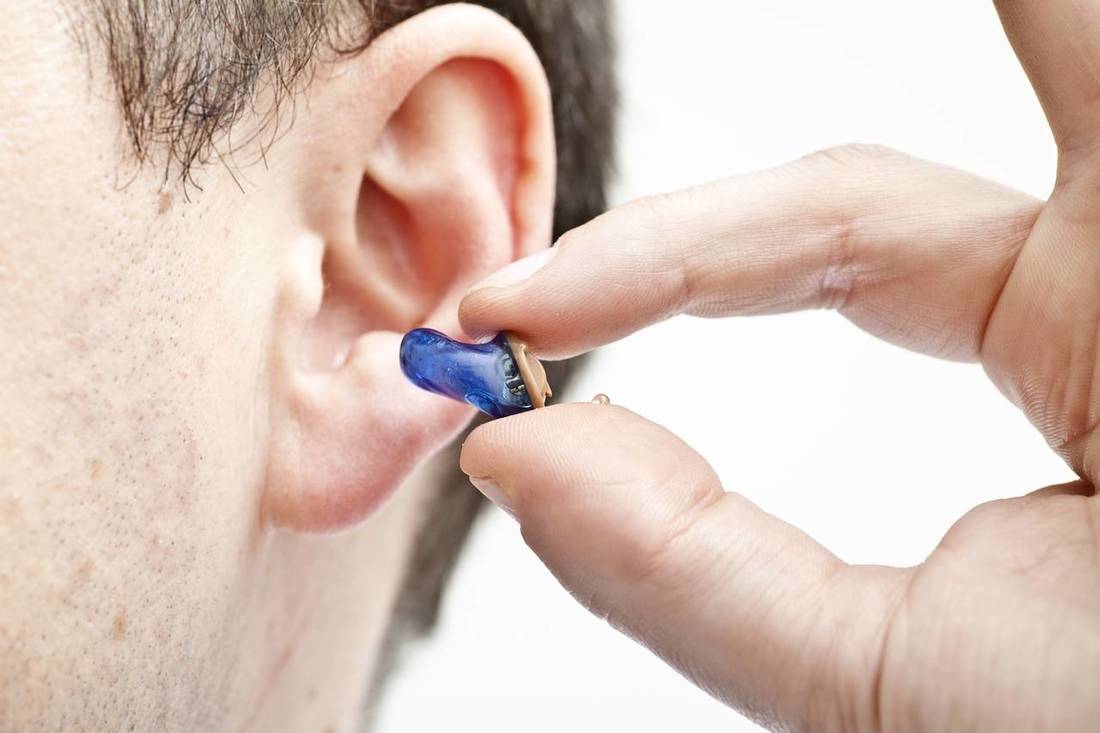 Holidays are full of hustle and bustle, tradition, travel , noise and family .For most of us, it has a bit of stress added in. For children and adults with hearing loss, there can also be extra stress and loneliness. At first thought, you might find this odd..this is the BEST time of the year, right? Well, try to imagine yourself from their point of view. If a child or adult only signs and the family and friends with whom they get together with during the holidays do not sign, this makes communicating very hard. Perhaps some people have taken time or interest and know some basic greetings..but after that, people often talk quickly and move on. If a child or adult uses listening and spoken language, it is not necessarily much easier. People speak fast, there is background noise, people are moving all over while talking, which distorts their voice and makes it very hard for someone to speech read. Often, children and adults with hearing loss became extremely lonely and feel left out. There is hope. Plan ahead. If you are inviting people with hearing loss to your home, have paper and pencil or technology available to make communication flow easier. If you are a parent or spouse of someone with hearing loss going to someone's home, bring some communication options along. Set up seating in a semi circle, so people can all see each other. Remind people to get the person with hearing loss' attention first, before speaking or signing. This may not make the communication perfect, but it will allow that person to feel intentionally included. This helps that person want to advocate more and some of the loneliness can disappear. Another great idea is to buy some movies or books for the child with hearing loss that have characters in them who have hearing loss, so they can relate. It is also a great idea to get them for the families who don't have hearing loss, so they can start to learn about hearing loss.
1 Comment
My last blog was about the big decision of whether or not you should buy or not buy a hearing aid. Now, you have made the decision that it is time for you to buy one. Now what? Where do you go?What do you buy?
There are many types of hearing aids made from many different hearing aid companies. You can buy a Behind The Ear (BTE) hearing aid, In The Ear (ITE) hearing aid, Cross hearing aid, In the Canal hearing aid....the list seems endless. First and most importantly, you need to find an audiologist that you are most comfortable with. It is important that you find a pediatric audiologist if you have children or a good audiologist for adults if you are an adult. Next, you need to understand your type of hearing loss. You might have a sensorineural hearing loss ,which is in the inner ear, or a conductive hearing loss, which is a middle ear hearing loss. Different type of hearing loss require different hearing aids. Please respect the professional and follow her suggestion. It may be hard for you to accept your hearing loss and you might not be quite ready for hearing aids,but you are making an investment. it is important that you choose wisely. Why buy something that won't last or won't be helpful? My personal and professional opinion is that In the Ear hearing aids might be ne invisible,but they are not very successful for many kinds of hearing aids. Think wisely before you purchase those. Today, you can have so much fun accessorizing your hearing aids! Hailey's Cherished Charms are great charms purchased for your hearing aids to jazz them up. I would love you to share your pictures of your hearing aids and how you decided on the type,color and size. |
Allison Schley is a teacher of deaf and hard of hearing children. She took her passion for kids with hearing loss and became an author. She wants all children with hearing loss to know they are amazing and that hearing loss will not keep them from following their dreams.Archives
July 2023
Categories
All
|

 RSS Feed
RSS Feed
